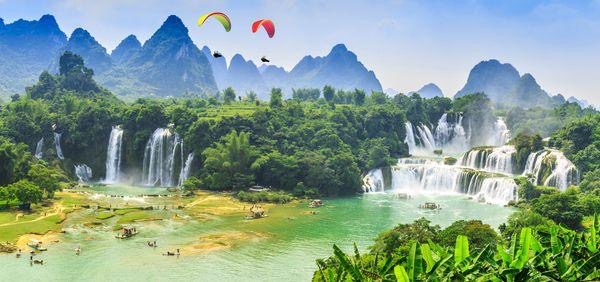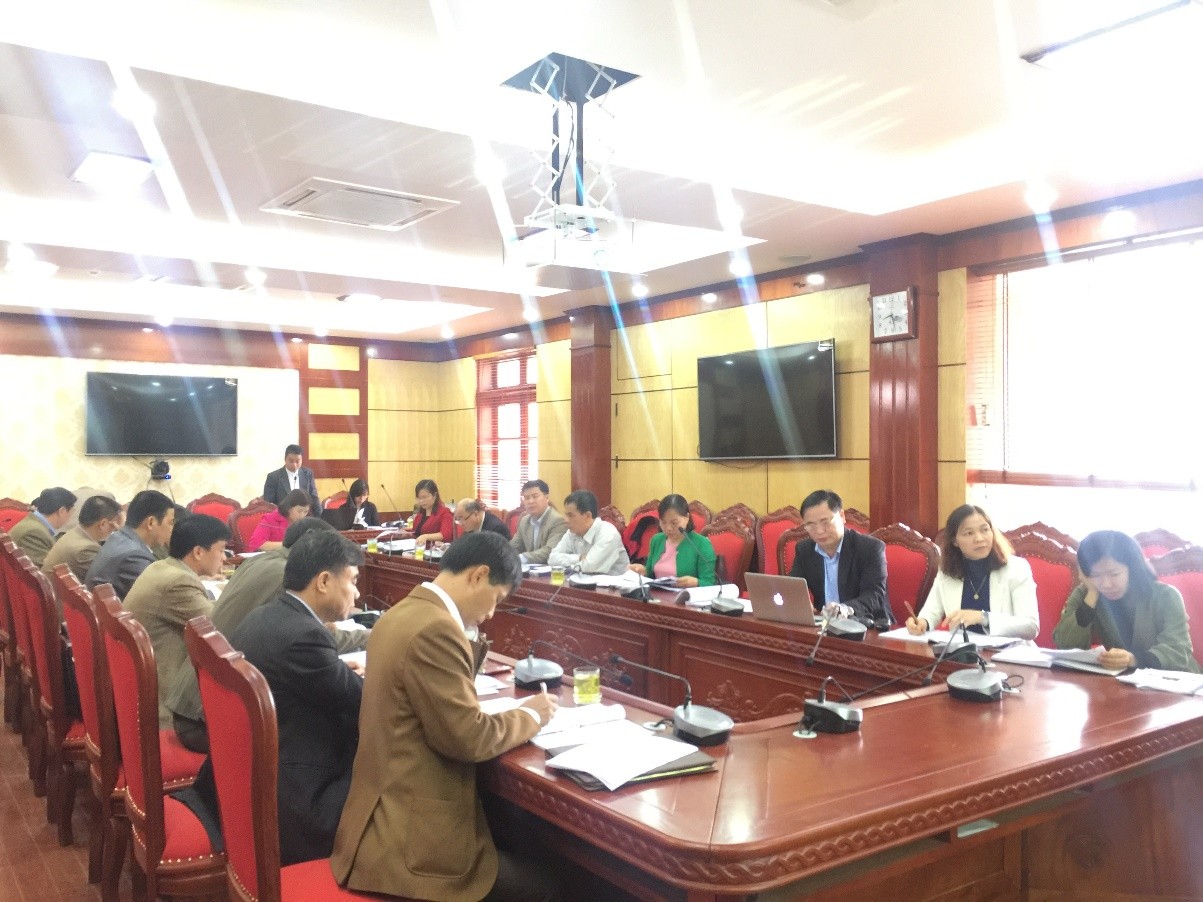Master plan for tourism development in the Eastern south region to 2020, vision to 2030
Head project: Vietnam National Administration of Tourism
Category: Strategy
Year of Publish: 2015
Scope of planning
– Natural area: 23,597.9 km2. Population: 15,304,752 people (2012); Average density: 617 people / km2.
– The data used to analyze the current situation is from 2000 to 2013 (in which most of the analyzed data is from 2006 to 2013). Planning orientation is from 2014 to 2020, with a vision to 2030.
Perspective
Ensuring the principles of sector planning, prescribed in Tourism Law:
– In accordance with the orientation of economic and social development, the Strategy for Vietnam tourism development to 2020, vision to 2030 and the master plans of related industries in the region.
– Ensuring national sovereignty, defense, security, social order and social safety.
– Developing and protecting tourism resources and environment, preserving and promoting the region’s cultural identity.
– Ensuring the feasibility and the balance between tourism demand and supply.
– Promoting the region’s advantages; creating specific and attractive tourist products for rationally and efficiently use of tourism resources.
– Compliance with planning methods
– Ensuring publicity during the preparation and publication of the planning.
– Strengthening regional cohesion to promote the regional and provincial advantages, rationally and efficiently use of resources to meet tourism demands.
Objective
– Specifying the views and objectives of the Strategy and Master plan for Vietnam’s tourism development to 2020, vision to 2030.
– Creating the basic for the formulation of provincial tourism development planning, planning of major tourism areas and destinations.
– Creating favorable conditions for the management of the exploitation and protection of natural resources, environment, landscape to ensure sustainable development.
Tasks
– Identifying the roles and the advantages of tourism in the economic – social development of the region.
– Analyzing and evaluating the current status of tourism resources and development.
– Identifying the views, objectives, nature and scales of tourism development.
– Forecasting and demonstrating the plans for tourism development to 2020, vision to 2030.
– Developing the orientations for tourism products and markets, tourism spatial planning, infrastructure and facilities for tourism, investment, human resources, tourism development linkage, demand for land use.
– Assessing environmental impacts and identifying solutions to protect tourism resources and the environment.
– Proposing mechanism, policies and solutions for the implementation of the master plan.
Method of planning
– Materials collecting
– Synthetic methods of analysis
– Field trips and surveys
– Expert interview
– Mapping





 Address: 58 Kim Mã, Ba Ðình, Hà Nội
Address: 58 Kim Mã, Ba Ðình, Hà Nội Phone: (84-24) 37 34 31 31
Phone: (84-24) 37 34 31 31 Fax: (84-24) 38 48 93 77
Fax: (84-24) 38 48 93 77 Email: info@itdr.org.vn
Email: info@itdr.org.vn Website: https://itdr.org.vn
Website: https://itdr.org.vn




